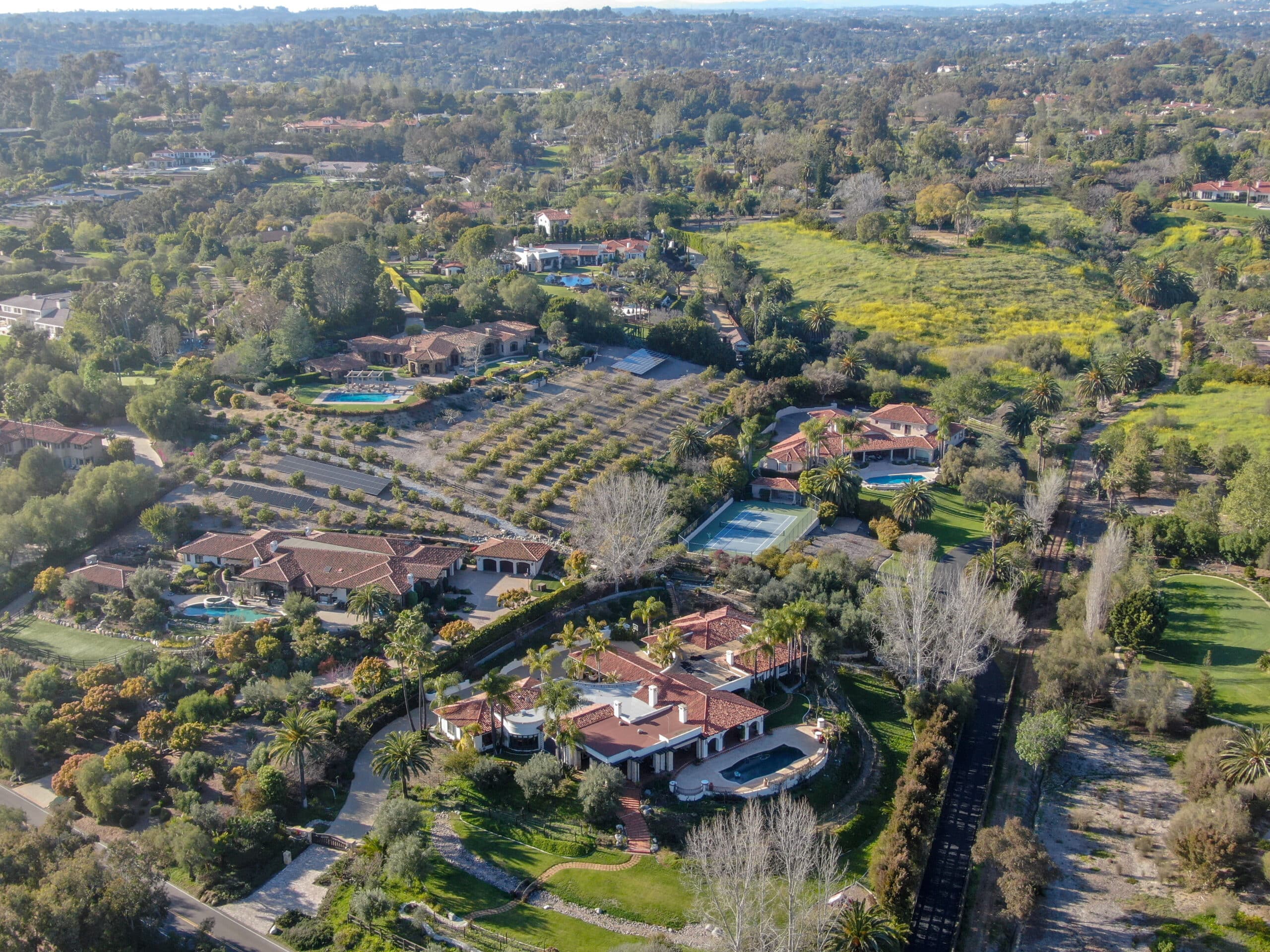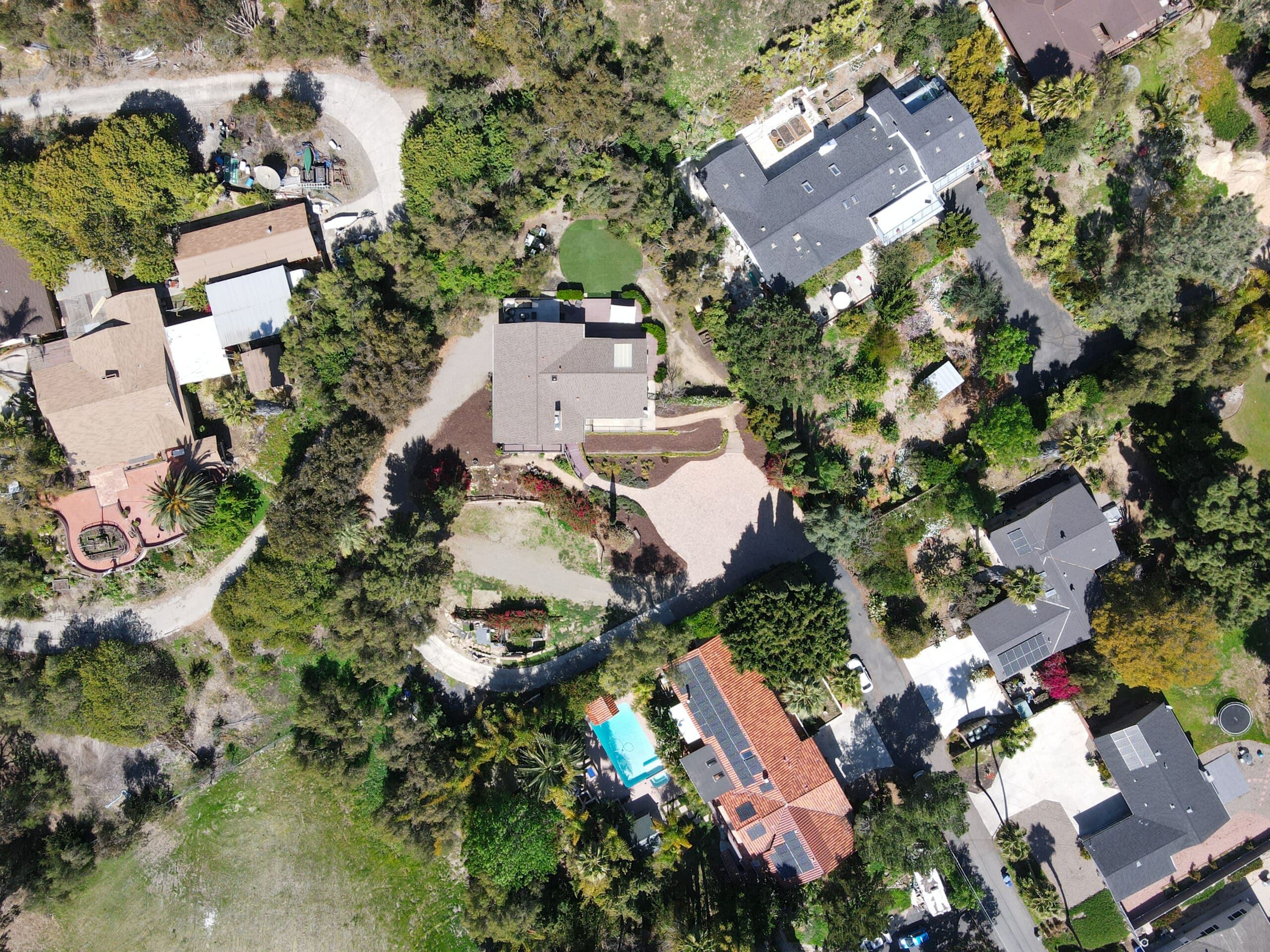Estimated reading time: 7 minutes
Event security planning for large gatherings in Napa demands meticulous preparation, cutting-edge strategies, and a deep understanding of potential risks. Given the region’s popularity for hosting significant events, ranging from wine festivals to corporate retreats, ensuring the safety of attendees, staff, and VIPs is paramount. This article delves into the five pillars essential for crafting an effective security plan that addresses the unique challenges of large gatherings in such a prestigious location. These pillars are foundational to preventing and responding to incidents and crucial for maintaining the event’s integrity and the attendees’ trust.
Table of contents
Risk Assessment: Custom Security for Napa Events
Understanding the Landscape
A comprehensive risk assessment is the cornerstone of effective event security planning. This process thoroughly analyzes the event venue and identifies potential threats and vulnerabilities that could impact the gathering. For instance, the assessment should consider the geography of Napa, including its access points and natural barriers. This evaluation helps develop a security plan that addresses specific risks, such as unauthorized access or the possibility of natural disasters.
Identifying Potential Threats
In the context of Napa, potential threats range from physical intrusions and attacks to cyber threats targeting event infrastructure. The assessment must consider the event’s nature, the profile of attendees, and the current global and local security climate. This phase is critical for tailoring security measures to the event’s specific needs, ensuring that resources are allocated effectively to mitigate the most significant risks.
Developing a Customized Security Plan
Based on the risk assessment, a customized security plan can be developed. This plan should outline the deployment of security personnel, the use of technology such as surveillance cameras and access control systems, and procedures for incident response. Tailoring the plan to the event’s vulnerabilities ensures that security measures are efficient and unobtrusive, contributing to a safe and enjoyable experience for all attendees.
Partnering with Napa’s Law and Emergency Services
Building Partnerships
Effective coordination with local law enforcement and emergency services ensures a unified security approach. Establishing strong partnerships with these entities before the event takes place enables the sharing of intelligence, resources, and expertise. For large gatherings in Napa, collaborating with the Napa County Sheriff’s Office, local police departments, and fire and medical services is essential. These partnerships ensure all parties agree regarding the event’s security strategies and response plans.
Integrating Resources
Integration of resources between the event security team and local authorities can significantly enhance the overall security posture. This may include sharing surveillance capabilities, communication systems, and joint training exercises. Such integration ensures that both the event’s security personnel and local emergency services are prepared to act cohesively in the event of an incident. For example, establishing a joint command center can facilitate real-time information exchange and coordinated response efforts during the event.
Conducting Joint Training and Simulation Exercises
Joint training and simulation exercises with local law enforcement and emergency services are crucial for testing the effectiveness of the security plan and response procedures. These exercises can identify potential security setup and communication flow weaknesses, allowing for adjustments before the event. Simulating scenarios such as crowd-related emergencies, terrorist threats, and natural disasters helps prepare all involved parties to respond effectively under pressure, ensuring the safety and security of event attendees.
Crowd Control: Techniques for Event Safety
Utilizing Modern Technology
Advanced crowd control is pivotal in large gatherings, especially in renowned locations like Napa. Employing modern technology plays a significant role in this aspect. Surveillance drones, for example, can provide a bird’s eye view of the event, allowing security teams to monitor crowd movements and identify potential issues before they escalate. Additionally, wearable technology for security personnel, equipped with real-time communication and location tracking, enhances the ability to manage and respond to situations swiftly and effectively.
Implementing Strategic Barrier Systems
Strategic placement of barriers is a fundamental technique in crowd control. However, it’s not just about placing physical barriers; it’s about doing so in a way that guides the flow of attendees efficiently while maintaining accessibility. For instance, creating buffer zones around high-traffic areas can prevent overcrowding and allow quick evacuations if necessary. Moreover, employing retractable barriers can offer the flexibility to adapt to changing crowd dynamics throughout the event.
Training in Behavioral Analysis
Training security personnel in behavioral analysis is another advanced technique significantly contributing to crowd control. This training enables staff to detect signs of agitation, distress, or suspicious behavior among attendees. Early identification of potential disruptors allows for discreet intervention before an incident escalates. Additionally, understanding crowd psychology helps predict and manage crowd movements, preventing dangerous situations like stampedes or bottlenecks. When effectively implemented, these advanced crowd control techniques ensure the safety and security of large gatherings in Napa without compromising the attendees’ experience.
Evacuation Strategies: Preparing for Emergencies
Creating Multi-Layered Evacuation Routes
Emergency evacuation planning is crucial for significant events, especially in areas like Napa, which is known for its extensive gatherings. A vital aspect of this planning involves developing multi-layered evacuation routes that can accommodate all attendees safely and efficiently. These routes must consider various scenarios, including natural disasters, fires, and threats of violence. The plan should detail primary and secondary routes, ensuring they are well-marked, accessible to individuals with disabilities, and free from potential obstructions.
Conducting Regular Drills and Simulations
The effectiveness of an emergency evacuation plan hinges on familiarity and practice. Regular drills and simulation exercises are essential for security personnel and event staff. These drills should mimic realistic scenarios as closely as possible, including the event’s timing and potential complications like adverse weather conditions. Through these exercises, staff can identify weaknesses in the evacuation plan and improve coordination and response times, ensuring a smoother execution in case of an actual emergency.
Implementing Crowd Communication Strategies
Effective communication is paramount during an emergency evacuation. Developing and implementing strategies to inform and guide attendees without causing panic is critical to the evacuation plan. This may include public address systems, digital signage, and social media platforms to disseminate clear instructions. Additionally, training event staff in crisis communication can help manage the crowd’s movement and maintain order, significantly reducing the risk of injuries during evacuation. These elements of emergency evacuation planning are essential for preparing for the worst-case scenarios, ensuring the safety and security of all attendees in large gatherings.
VIP Security: Discreet Protection in Napa
Personalizing Security Details
VIP protection services are critical to event security, especially in high-profile gatherings in Napa where distinguished guests attend. Tailoring security details to the specific needs and preferences of VIPs is paramount. This personalized approach involves conducting thorough risk assessments for each VIP, considering their public profile, potential threats, and personal concerns. Based on this assessment, a dedicated team of security professionals is assigned, equipped with the skills and tools necessary to ensure the VIP’s safety without impeding their event experience.
Utilizing Advanced Surveillance and Communication Technologies
Using advanced surveillance and communication technologies is non-negotiable in VIP protection. Discreet wearable cameras, encrypted communication devices, and real-time GPS tracking are just a few examples of the technology employed to enhance security. These tools enable the security team to maintain constant awareness of the VIP’s environment and coordinate effectively, ensuring a rapid response to any potential threat.
Emphasizing Covert Protection Measures
While security is reassuring for VIPs, maintaining discretion is essential to ensure their event enjoyment. Covert protection measures, such as plainclothes security personnel and unobtrusive surveillance, play a crucial role in this balance. These strategies allow VIPs to engage with the event naturally while security teams remain vigilant in the background, ready to act immediately. Offering discreet yet effective security for high-profile attendees requires personalized planning, cutting-edge technology, and covert protection measures. This approach ensures that VIPs can fully participate in Napa’s large gatherings with peace of mind, knowing their safety is in expert hands.
Conclusion
In conclusion, adequate event security planning for large gatherings in Napa requires a multifaceted approach encompassing comprehensive risk assessment, coordination with local law enforcement, advanced crowd control techniques, meticulous emergency evacuation planning, and specialized VIP protection services. Each of these pillars plays a crucial role in ensuring the safety and security of all participants, from general attendees to high-profile individuals. By integrating modern technology, fostering partnerships, and emphasizing preparedness and responsiveness, event organizers can create a secure environment that safeguards and enhances every attendee’s experience. As the landscape of public safety and security continues to evolve, so must the strategies employed at significant events. The commitment to excellence in security planning reflects the value placed on participant safety and reinforces Napa’s reputation as a premier destination for secure and prosperous large-scale gatherings.












